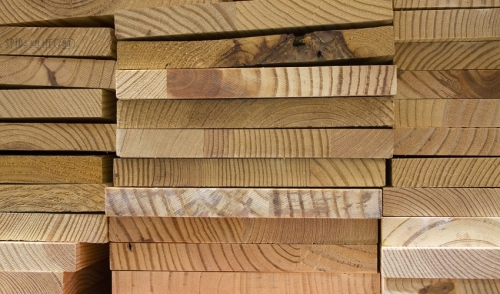
Types of Moulding Materials Available Today
First things first: Have you ever wondered if the correct spelling was either moulding or molding? Truth is, they’re both right. "Moulding" is a much older use of the word that originated in Europe and is still used in that form today. Here in the US, of course, we use “molding” and both terms are completely interchangeable. Some US companies that manufacture and sell mouldings prefer to use the "Old World" spelling either in their name and branding as a way of emphasizing the traditional feel and heritage of their products.
Properly installed, the use of mouldings are a relatively inexpensive way to bring both beauty and value to your home. Mouldings can make a small room look much bigger, a large room more intimate, a plain room more elaborate and classic, or an old room look clean and new. You get the idea –the possibilities are nearly limitless.
Traditionally, mouldings are made from these materials:
- Oak is the hardwood of choice for mouldings that are intended to be stained. The look of natural oak is timeless. It is very durable and will stand up to a lot of bumps and bangs without denting. Since many homes use oak as the choice for hardwood flooring, it is easy to stain the moulding to achieve a match. Oak is more readily available than cherry or maple, and less expensive as well.
- Pine moulding is the least expensive of the natural wood options. It is much softer than oak and may not be a good choice for areas that receive a fair amount of abuse. Though the grain can look nice when stained, it may soak unevenly due to some parts being harder than others, thus creating a blotchy result. Pine is best used in situations where painting is desired.
- MDF (medium density fiberboard) is the least expensive option for mouldings. This is manufactured from wood shavings, sawdust and other byproducts. There is no wood grain at all and it is relatively smooth. In addition, this surface accepts paint very well. MDF is mostly found in newer construction and can be a good choice for a quick and inexpensive way to change the look of your living space. Some MDF mouldings offer a “wrapped” layer of vinyl or a printed laminate that simulates the look of real wood at a fraction of the cost.
- For crown moulding, plaster is another time-tested option. This is a fairly expensive choice, though there is no denying the grand style that plaster can provide. Because it is cast, rather than milled, plaster can be used to create elegant profiles that wood can’t easily match. Of course it is much more delicate to work with than wood and installation can be very daunting for the average do-it-yourselfer.
Whether building a new space or just breathing new life into an old one, the choices of moulding shapes, colors and styles will provide the perfect finishing touch. Stop in or give us a call and we’ll be glad to help you to determine which of these would be the best choice for your next project.
